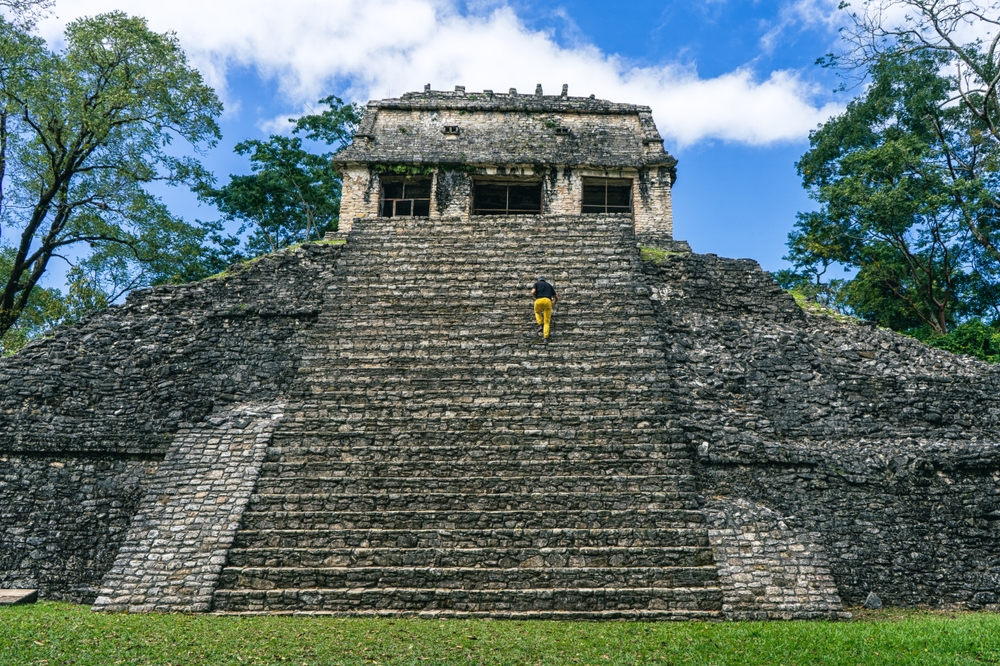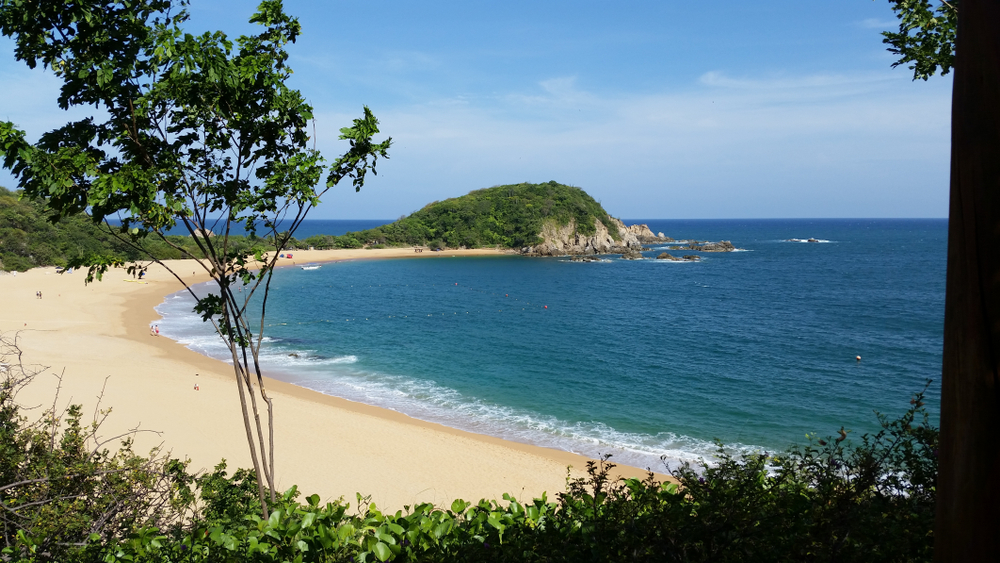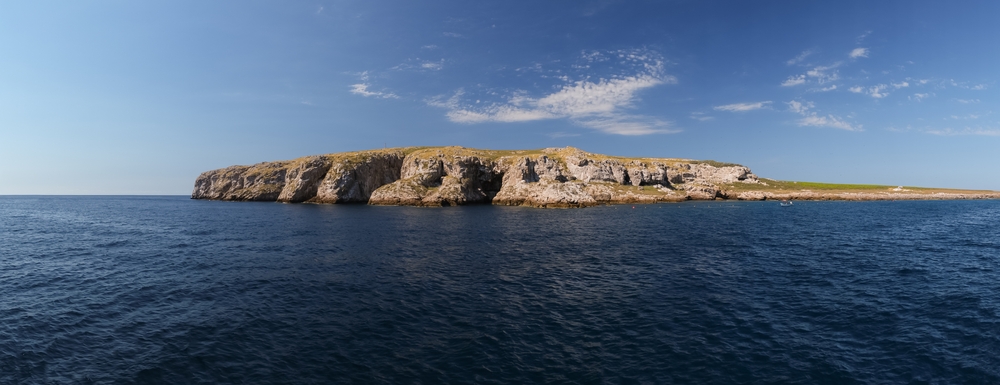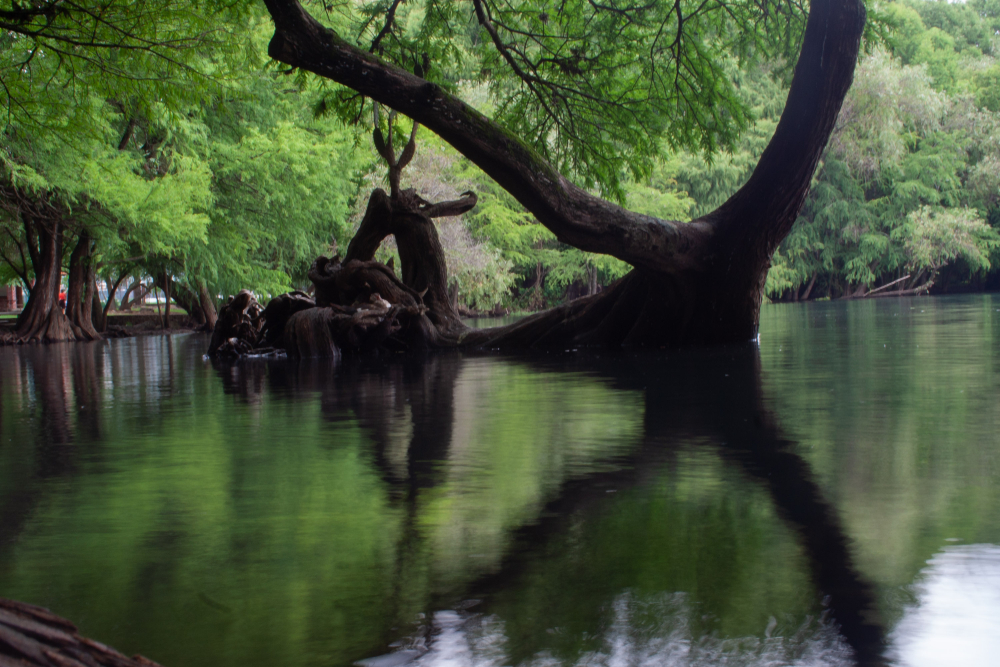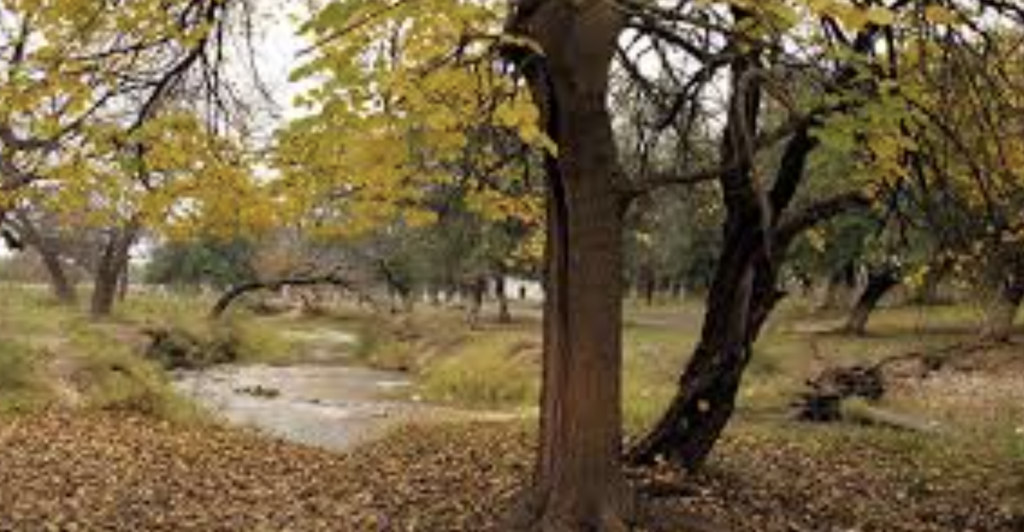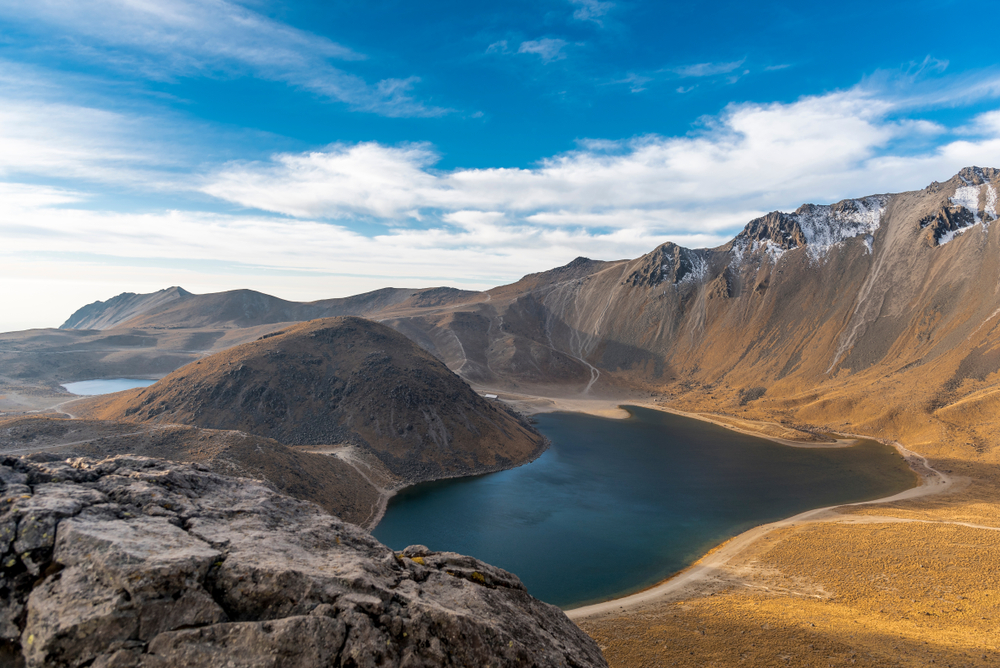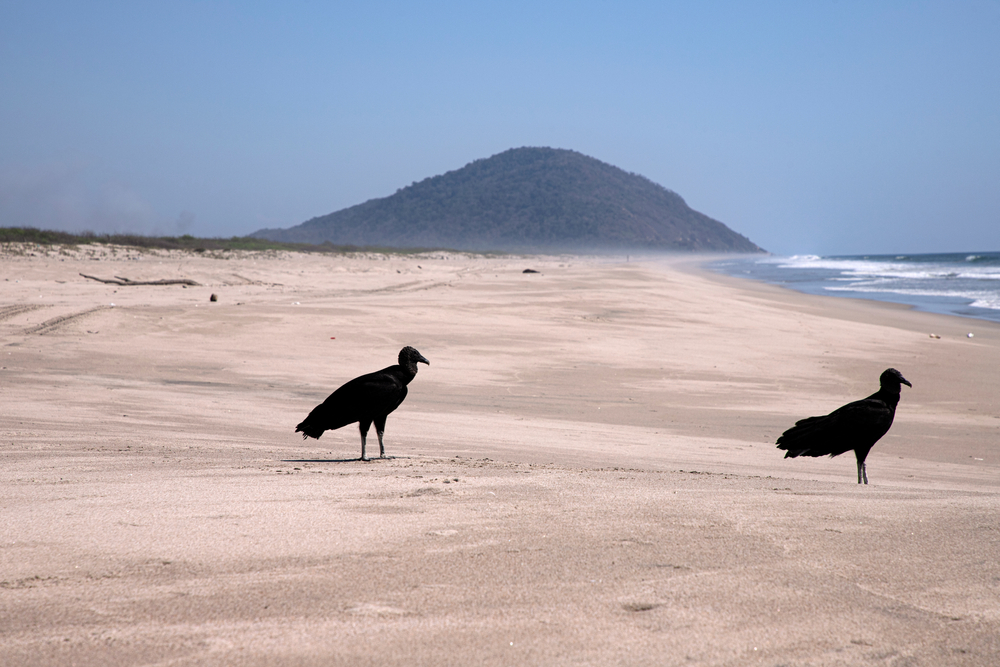Palenque Overview
Palenque National Park, known locally as Parque Nacional Palenque, is located in the southern Mexican state of Chiapas. Covering an area of approximately 26 square miles (67 square kilometers), the park is home to the ruins of the ancient Maya city of Palenque, a UNESCO World Heritage Site.
Nestled in the foothills of the Tumbalá mountains, the park’s lush jungle setting is characterized by dense tropical forests, cascading waterfalls, and winding rivers. The Usumacinta River basin nourishes the park, supporting a rich variety of vegetation, including towering ceiba trees, palms, and bromeliads, which form a thick canopy over the archaeological ruins. The terrain consists of rolling hills, limestone outcroppings, and humid lowland rainforest, creating a dramatic backdrop for the Maya city’s stone structures.
Wildlife in Palenque National Park is abundant, with a variety of species thriving in its biodiverse rainforest. Visitors may encounter howler monkeys and spider monkeys moving through the treetops, their calls echoing through the jungle. Jaguars, though elusive, roam the depths of the forest, along with ocelots, margays, and peccaries.
The park is also home to a wide range of bird species, making it a prime destination for birdwatching. Scarlet macaws, toucans, motmots, and trogons add splashes of color to the greenery, while hummingbirds dart between the flowers. Reptiles such as iguanas and various snake species, as well as amphibians like tree frogs, can be found in the park’s humid environment.
The main attraction of Palenque National Park is its archaeological site, featuring some of the most well-preserved and intricately carved Maya ruins. The Temple of the Inscriptions, the largest pyramid in the park, houses the tomb of the Maya ruler Pakal the Great and contains hieroglyphic inscriptions that have provided historians with valuable insights into the Maya civilization.
Other notable structures include the Palace, with its distinctive tower, and the Temple of the Cross Group, which offers breathtaking views over the surrounding jungle. The park’s waterfalls, such as Misol-Ha and Agua Azul, are also popular destinations, attracting visitors who wish to swim in the clear, cascading waters.
Visitors can explore Palenque National Park in various ways. Walking tours and guided hikes allow for an immersive experience through both the ruins and the rainforest, with expert guides sharing knowledge about Maya history and local biodiversity.
Birdwatching excursions offer a chance to spot rare and colorful species, while nature trails provide opportunities to observe wildlife up close. The nearby waterfalls and rivers invite visitors to cool off in the natural pools, and photography enthusiasts will find endless subjects, from ancient stone carvings to vibrant jungle scenery. Many travelers also engage in cultural experiences in the surrounding communities, learning about traditional Maya customs and crafts.
Palenque National Park faces conservation challenges, primarily related to deforestation, climate change, and human encroachment. However, efforts have been made to protect both the archaeological and ecological heritage of the park.
Conservation programs aim to preserve the delicate balance between the ruins and the natural environment, while sustainable tourism initiatives help reduce the ecological footprint of visitors.
The Mexican government and international organizations have worked together to support ongoing research, restoration, and environmental education programs, ensuring that both the cultural and natural wonders of Palenque remain protected for future generations.








































































